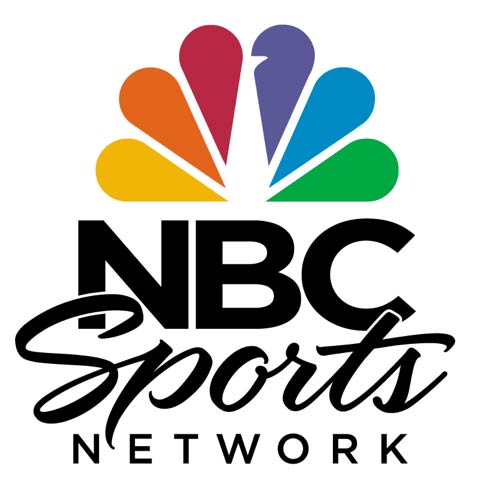Can ABC again make up for NBCSN’s declining viewership?
 |
| As long as IndyCar has most of its races on NBCSN instead of network TV, the series will never grow |
According to Nielsen Media Research, an average audience of 1.28 million viewers tuned in for the 16 races in the 2016 season. That's up from 1.14 million in 2015 and 989,000 in 2014 thanks to ABC.
All the IndyCar races should be live on ABC. Thanks to ABC IndyCar finished the ’16 season averaging 1.28 million viewers across NBCSN and ABC, marking the open-wheel racing league’s best figure since ’11. This season was up from 1.2 million viewers last season, and 1.0 million viewers in ’14. This season’s figure excludes the event at Pocono Raceway, which was rained out on a Sunday and ran on a Monday. Included is the Texas Motor Speedway event, which was run in part in June (CNBC) and then finished in August on NBCSN.
NBC Sports Group saw its TV ratings for its broadcasts of the Verizon IndyCar Series dip in 2016 after a record-setting 2015.
The network released its final 2016 numbers that showed an average audience of 488,000 viewers for its 10 IndyCar races on NBCSN and CNBC as compared to an average of 507,000 viewers from 2014.
The season finale from Sonoma on Sept. 18 — after which Simon Pagenaud was crowned the Verizon IndyCar Series champion — averaged 536,00 viewers and was not listed among the network's top-five viewed IndyCar races in 2016.
The most-watched race for the network came at Mid-Ohio on July 13 when the NBCSN and CNBC simulcast attracted 929,000 viewers.
On a positive note, viewership inched up in the 18-49 demographic to an average of 123,000 for the season as compared to 115,000 in 2015.
The network also boasted a record number of total viewers — 6.5 million. That number is a measure of unique viewers who tuned in to one race for at least six minutes.
On the digital side, the season on NBCSports.com and the NBC Sports app set records for the network with 6.7 million minutes of streaming video and 89,000 unique users.
The 100th running of the Indianapolis 500 also drew a sellout crowd of more than 300,000 fans, lifting the local TV blackout for the first time since 1965. Indianapolis Motor Speedway President Doug Boles said in September that he was seeing strong numbers for ticket renewals for the 101st running.
"The challenge is, from the series, to keep it motivating," said three-time Indy 500 champion Helio Castroneves, who took home the "Dancing With the Stars" trophy in 2007. "We have the right product. We have the right drivers. It’s more exciting than actually any other race you see out there, to be honest. So it’s just – we’ve got to get the word out there."
The hope among drivers, Castroneves included, is that Hinchcliffe’s appearance on "Dancing with the Stars" will go a long way in drawing in the younger crowds, but IndyCar president Jay Frye is not betting on publicity alone.
Frye, who helped sign Verizon as the series sponsor before becoming president of competition and operations in November 2015, unveiled initial concept sketches for the 2018 cars that offer a sleeker look which have gotten a largely positive response from drivers.
Frye said he expects to release a rendering of the new design before the season-opening race in March; an actual car could be unveiled close to this year's Indy 500 on May 28.
"I believe in the series," former Indy 500 champion Tony Kanaan said. "I believe that actually every series is struggling. If you think about NASCAR doing everything they can to bring race fans back to the track and the TV numbers up, we've just got to keep working. I believe that we have a great series with great competition, so we will definitely need to keep working to keep going on the rise."
If the average per race was 1.3 million, and NBCSN was delivering 500-600K viewers per race and they broadcast far more races than ABC, imagine how good the average number would be per race if all the races were on ABC. The average would be over 2 million per race and sponsors would be falling over themselves to sponsor cars, races and the series.
Instead IndyCar keeps the majority of their races on NBCSN so they collect that nice check they use to support the IndyCar welfare program called Leader Circle. The result is teams have to rely on ride-buyers to keep their teams afloat because the welfare check isn't big enough and they struggle to land huge sponsors themselves because of the NBCSN ratings.
